Pressure Immobilisation Technique
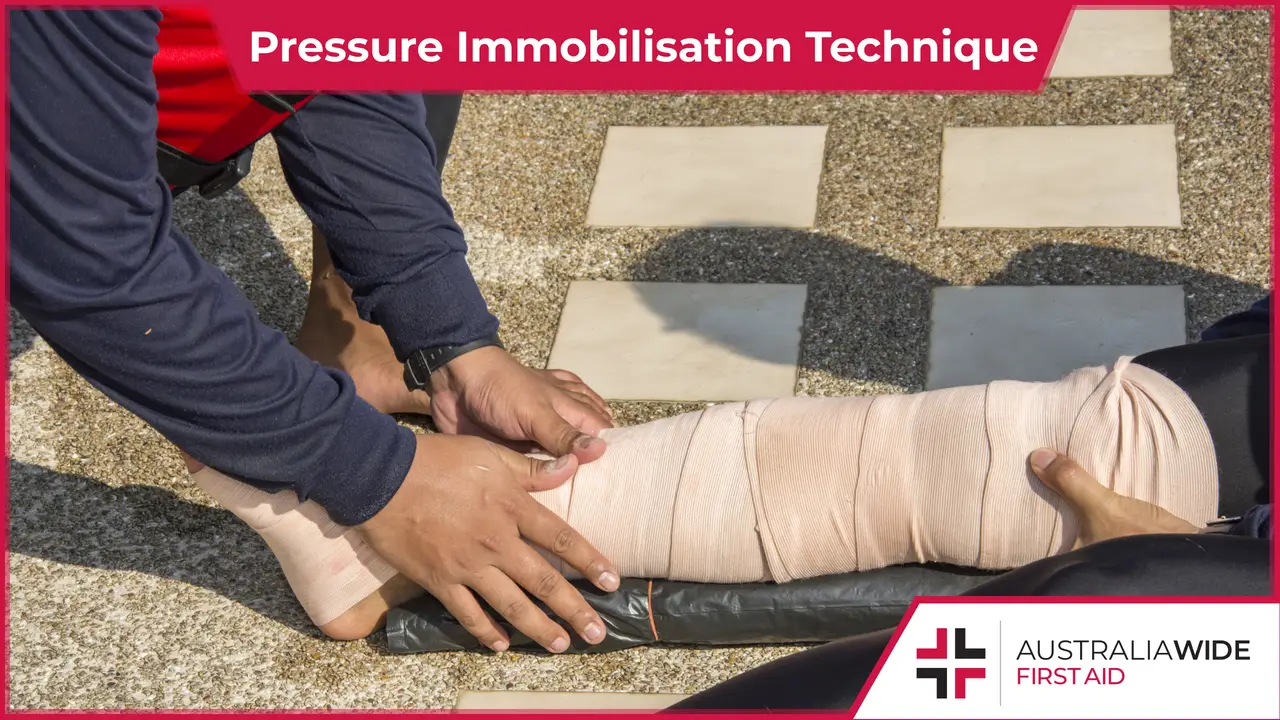

The Pressure Immobilisation Technique (PIT) is a first aid treatment that disrupts the flow of lymph around the body.
Lymph is a clear-to-white fluid that moves from the body's tissues into the bloodstream, and it is the method by which venom travels around the body.
As such, the PIT is recommended to treat bites and stings from a host of venomous creatures.
In this article, we will look at the dos and don'ts of applying the PIT.
We also demonstrate how to apply the PIT in the following first aid courses:
You can head to our website to enrol at a location near you today.
The Pressure Immobilisation Technique is recommended for application to bites and stings from the following creatures:
*Not all Australian snakes are venomous. However, it can be difficult to positively identify snakes, as members of the same species can vary in colour, pattern, and size. As such, all snake bites should be treated as a medical emergency.
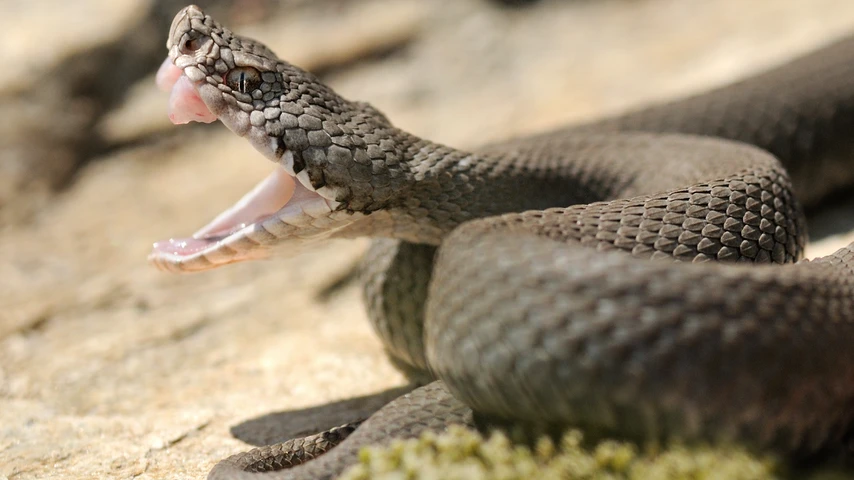
The Pressure Immobilisation Technique is not recommended to treat bites and stings from the following creatures:
In the event that the Pressure Immobilisation Technique is needed, firstly ensure that the casualty remains as still as possible. This will help slow the spread of venom through the body.
You should also follow DRSABCD and be prepared to perform CPR. You can then begin applying the PIT, like so:
If the casualty is bitten or stung on a limb, apply a broad pressure bandage over the bite site as soon as possible. It is recommended that you use elastic bandages (10-15cm wide) rather than crepe bandages to form your pressure immobilisation bandage. If neither of these are available, you can improvise with clothing or other material. The bandage should be firm and tight - not so tight as to cut off circulation, but tight enough that you cannot easily slide a finger between the bandage and the skin.

To further restrict lymphatic flow and help immobilise the limb, apply a second pressure bandage. Commence at the fingers or toes (the distal end) of the bitten limb and extend upwards, and cover as much of the limb as possible. Also take care to mark the bite site with a pen or texta.

Apply a splint to the limb to immobilise joints on either side of the bite and restrict movement as much as possible. The splint can be made from a variety of rigid materials, such as a tree branch or rolled up newspaper, and can be incorporated under the layers of bandaging. Bites to the arm, meanwhile, should be immobilised with a sling rather than a splint.


The Pressure Immobilisation Technique is a first aid treatment used to manage bites and stings from venomous snakes, including sea snakes, Funnel web spiders, and many more.
It disrupts the flow of lymph around the body, the method by which venom enters the blood stream.
As such, the PIT is a valuable skill to learn, as it can help 'buy' the casualty time while awaiting professional medical care.
To delve even further into the practicalities of applying the Pressure Immobilisation Technique, head to our website to book a First Aid or Childcare First Aid course near you today.
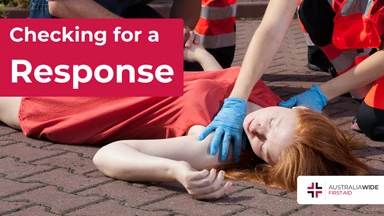
March 18, 2025
Checking for a response is critical before proceeding with any first aid assistance. Knowing if a casualty is conscious or not allows you to use the appropriate techniques. Using gentle but firm responsiveness techniques, such as the COWS method, mean you can check for a response while remaining respectful to the casualty.
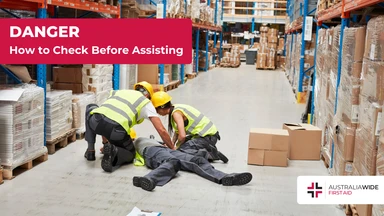
February 25, 2025
When coming across someone who appears unconscious, injured, or in need of medical help, it’s instinctive to rush to their aid. Ensuring the scene is safe before assisting the person is not only a fundamental principle of first aid but also critical to preventing further harm.
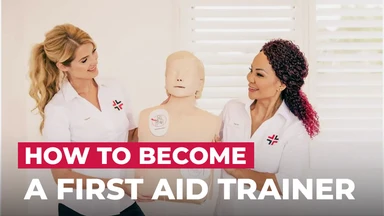
March 8, 2024
Becoming a first aid trainer in Australia is a rewarding and impactful career choice that allows individuals to make a significant contribution to the community by imparting life-saving skills.